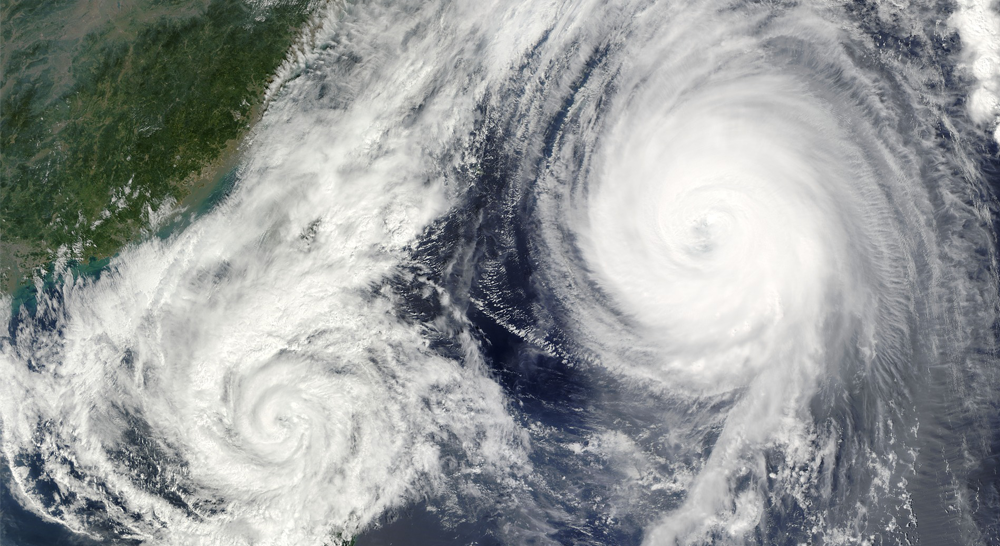As the weather begins to heat up this coming summer, so does the severity and frequency of hurricanes. The regular occurrence of these catastrophic storms has steadily increased over recent years and with summer right around the corner, businesses could be in-store for another above-average storm season. A hurricane season that is considered above-average typically consists of 13 – 16 named storms, 6 – 8 hurricanes, and 2 – 3 major storms. Last year alone comprised of 21 named storms, including four major hurricanes.
Hurricane season lasts from June 1st to November 30th with August and September being the peak months for hurricane occurrence. To prepare for this upcoming season, there are several things’ businesses can do now to be ready ahead of the storm to help reduce property damage.
One thing businesses can do now to help mitigate risks that storms can cause such as power outages, fires, structural damage, flooding, and the subsequent business interruption is a hurricane preparedness plan. Check out some of the numerous free resources from IBHS that business owners like yourself can utilize to better protect your operations:
- Hurricane Ready Checklist
- OFB-EZ – Business continuity plan toolkit
- EZ-Prep – Guide to help create an emergency preparedness and response plan
Tips to better prepare your business BEFORE a hurricane strikes:
- Have a plan and train staff: Implement a disaster plan complete with roles for staff to assume in the event of a catastrophe. Train staff on the plan and run disaster drills to familiarize themselves with their tasks and safety protocols.
- Protect the property: Inspect the roof for structural damage and the property for any potential exposures and repair or replace damages where necessary. Consider investing in protective equipment such as impact-resistant doors and windows.
- Consider a generator: A generator is essential to maintain business operations and a safe work environment when disaster strikes. Make sure generators are routinely maintained and in working condition.
- Secure outdoor equipment or merchandise: Any business equipment or product that is stored outside should be properly secured or brought indoors. Any stock that cannot be stored inside should be stacked low. Loose stacks should be bundled to help prevent damage to structures from blown debris.
- Conduct regular tree maintenance: Loose tree branches can break through windows, structures, and cars. Make sure trees are trimmed and maintained throughout the property to avoid breaking and falling branches.
Tips to your business recover AFTER a hurricane strikes:
- Stay informed: Listen to NOAA Weather Radio or local radio or TV stations for instructions.
- Inspect the property: Search for damages and any unsafe areas and flag them promptly so that employees are aware.
- Clear debris: Remove any and all dangerous materials and collect any salvageable items as soon as possible.
- Complete short-term repairs: Tend to damage that can easily be accomplished immediately. For more complicated processes, management should get in contact with their contractor.
- Search for a temporary facility: In the event that damages are too severe to continue operations at a company’s main site, in this case, business owners could also file for a business interruption insurance claim to cover the lost income and the costs of finding a new location.
Hurricane preparedness should be on the minds of all business owners in the country. Developing a safety plan and a business continuity plan will help ensure that damages are minimized and that company operations can return to normalcy in a timely fashion.
You can find more information at the PLM Loss Control Center including our guide on Hurricanes & Floods.

